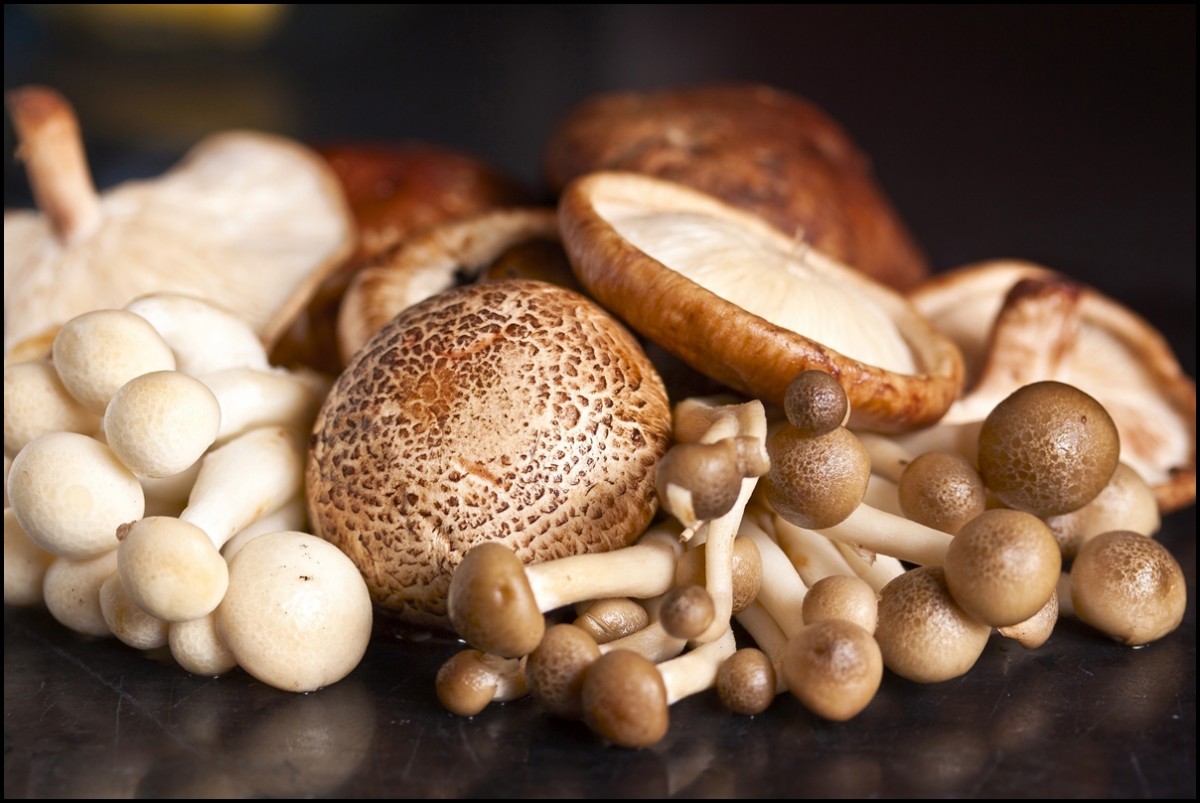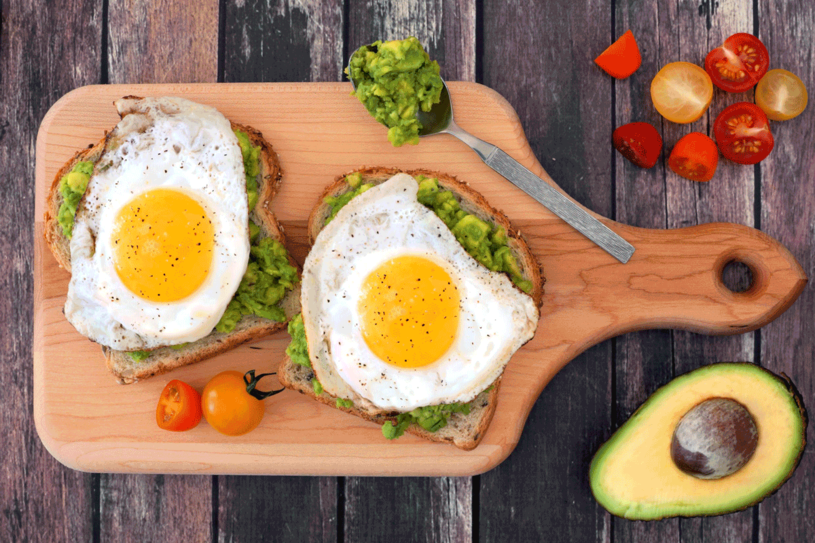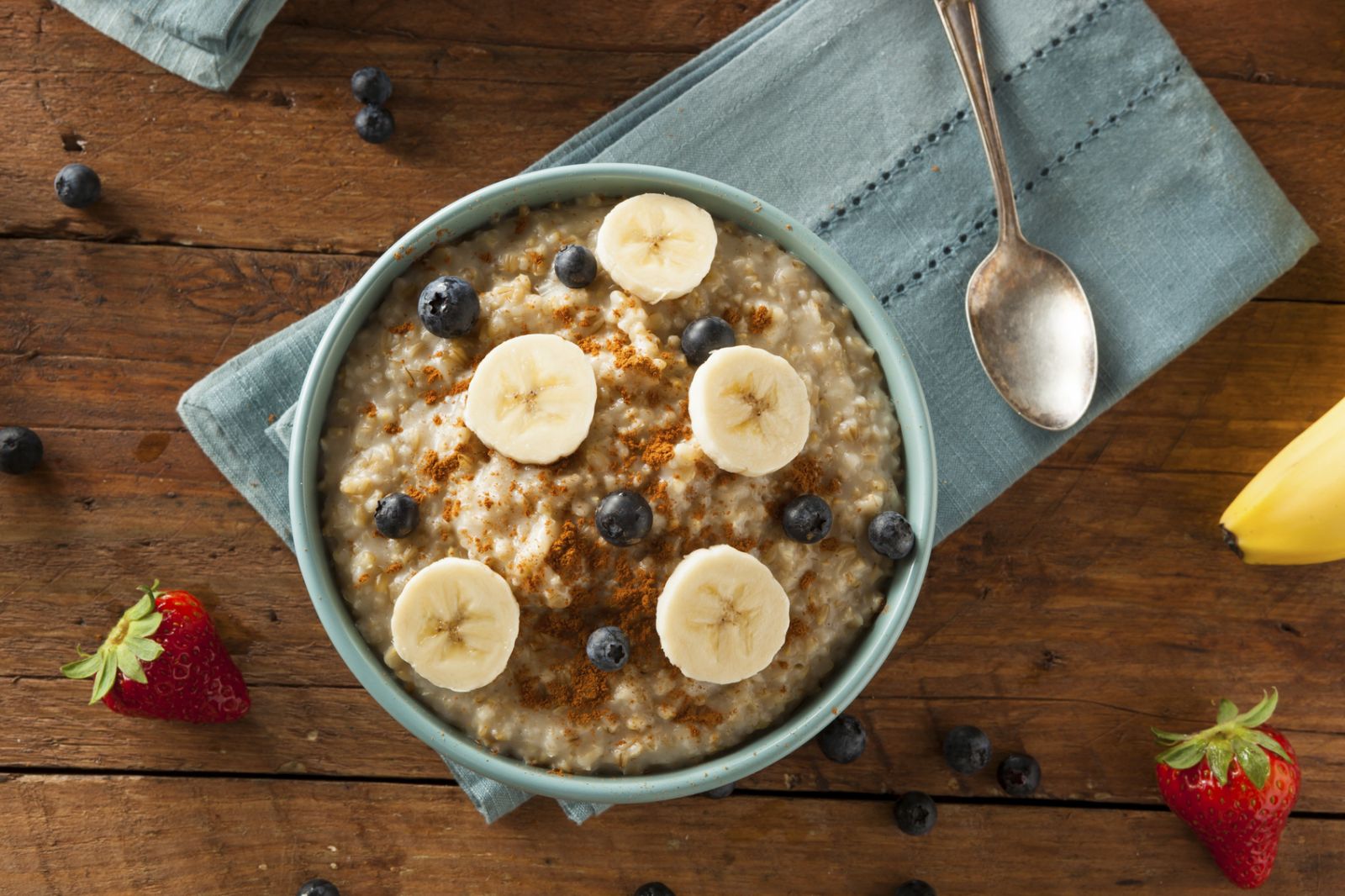Do mushrooms have nutritional value?
Nutritional information of the mushrooms and data on the different nutritional values and the content of calories, vitamins, minerals, proteins and carbohydrates that the edible fungi provide.
mushroom nutrition information The arrival of autumn also means the arrival of different foods so characteristic of this wonderful time of year, that like any other season, also has its advantages and benefits.
Among the most characteristic foods we can find the wonderful chestnuts , nuts especially rich in B vitamins, which provide energy; like figs , which help prevent the usual autumn asthenia .
However, mushrooms undoubtedly become one of the best known foods of autumn, since the arrival of rain, humidity and cold weather conditions are appropriate for them to be born and develop in the forest or field.
Of course, we must never forget a fundamental and essential issue: given that some are poisonous or toxic, we must be experts in them and know what mushrooms we can take or not and which are edible, since otherwise it could be extremely dangerous to our health.
As we already knew in our special note dedicated to the properties of mushrooms , they stand out for their richness in proteins of high biological value , their richness in minerals, oligoelements and vitamins, helping to stimulate both nervous and cerebral activity, and they are also interesting in case of anemia.
Mushrooms may not have a vivid green or red color that consumers associate with valuable vegetables and fruits, but they are a “dietary power” and should not be avoided – says dietitian Angela Lemond.
They have low calories and fat, are cholesterol-free, contain a moderate amount of fiber and a lot of minerals as well vitamins: copper, potassium, magnesium, zinc and B vitamins, like folic acid. Mushrooms also contain antioxidants, such as selenium or glutathione, substances that protect cells from damage and reduce the risk of disease and inflammation.
Some survey also suggest that mushrooms are the richest source of another antioxidant – ergotionein, which is also found in red beans, bran and liver. Ergotioneina and other antioxidants are contained primarily in hats, not legs.
But the nutritional value of fungi also depends on the species and method of breeding, according to the research of Professor Robert Beelman. Differences can be up to twenty times.
The popular two-spore mushroom contains a lot of potassium and selenium. But oyster mushrooms, shiitak mushrooms, mitake and porcini mushrooms contain much more glutathione and ergotionein.
Most ergotioneins contain boletus mushrooms, just behind them lemon oyster mushrooms. Some mushrooms contain vitamin D, but only those that grow in the sun or under ultraviolet.
some survey suggest that people who consume a lot of fungi have a lower risk of breast cancer and dementia, although these findings require further confirmation and causation.
Who wants to increase the intake of antioxidants, should eat a lot of mushrooms. According to Beelman, 3 milligrams of ergoti one in should be eaten daily. To achieve this, eat 100 g of mushrooms a day or 25 g of oyster mushrooms, shiitake mushrooms.
By composition according to species and age of the fungus:
– Water: 85% – 90%
– Proteins: 3% – 4%
– Carbohydrates: 5% – 6%
– Fats: 0.2% – 0.3%
– Mineral salts: 1% – 2%
– Vitamins: groups A – D and group B
– Calories every 100g .: 25 cal.
In summary mushrooms have great nutritional value and their calorie count are lower than many vegetables.
The world of mushrooms is full of contrasts, but it is also full of changes. The wild mushrooms are becoming more popular in countries where previously hardly considered edible. In addition, the science that studies the cultivation of mushrooms has advanced enormously in the last decade. In the East certain species of mushrooms have been cultivated for some hundreds of years, and, in fact, currently, the first of mushrooms grown for commercial purposes has greatly increased.
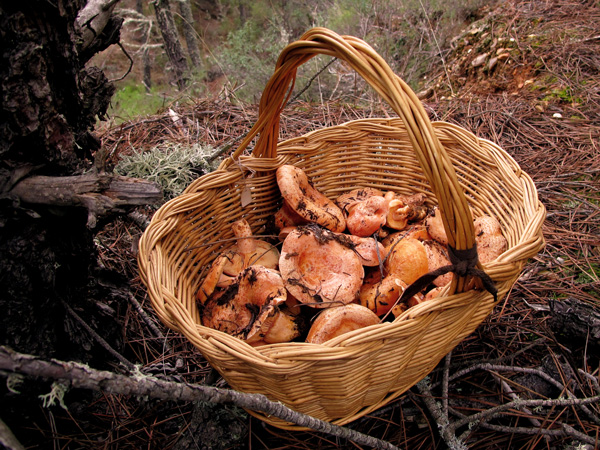
Really wild mushrooms are subject to location, timing and the vagaries of time, while varieties of cultivated mushrooms can grow under appropriate conditions almost anywhere in the world and at any time of the year. This avoids high transportation costs (although we will always have to import the precious white truffles from Italy!), At the same time guaranteeing the freshness of mushrooms and edible mushrooms . In our opinion, fungi are increasingly important in our lives and are the food of the future.
Most species of mushrooms containing about one the 9th% water , but also have some important minerals such as potassium salts and phosphates , plus some varying amounts of Bl, B2, D and E vitamins . In nutritional terms, the most outstanding qualities of mushrooms are their low calorie content (only 42 per 100 g), the almost absence of fats (1-2%) and the remarkable protein content (3-9%, comparable with meat and milk). But it is their consistency and flavor (and, in certain cases, their distinctive aroma) that makes them, generally, indispensable in the kitchen.
The most reasonable way to approach the tasting of wild mushrooms is with caution. This not only implies the need to identify them with precision, but also the fact of knowing that some species considered edible can cause gastric disorders , since their microstructure makes them less digestible than other plants. Its content in mycosin also affects stomach juices, making it cost more work to break down the food. Never exceed the amount of ingested mushrooms. It is better to limit the rations to 120-150 g. Even edible species can be indigestible if they are not treated and prepared correctly.
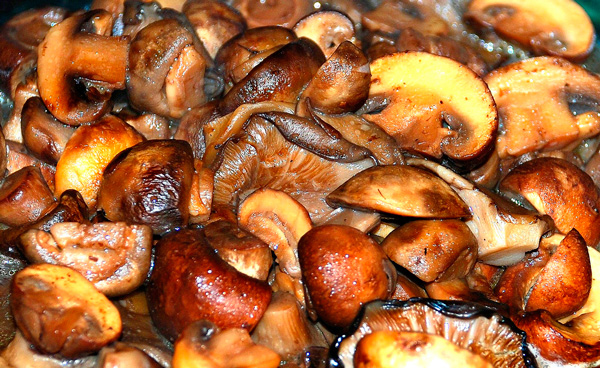
The rule is to consume them as fresh as possible and choose only the best specimens. Mushrooms and edible mushrooms can be spoiled by inadequate storage (and this includes transport in plastic bags from the place of collection to the kitchen), which involves a production of harmful toxins. It is very important to collect the mushrooms in a wicker basket for mushrooms .
They can also be spoiled after cooking, so it is always best to eat them immediately and not reheat them more than once . Some mushrooms are not edible, unless they are cooked or scalded before they are eaten. A good mushroom guide will indicate the edibility of the species and how you should prepare and conserve them.
